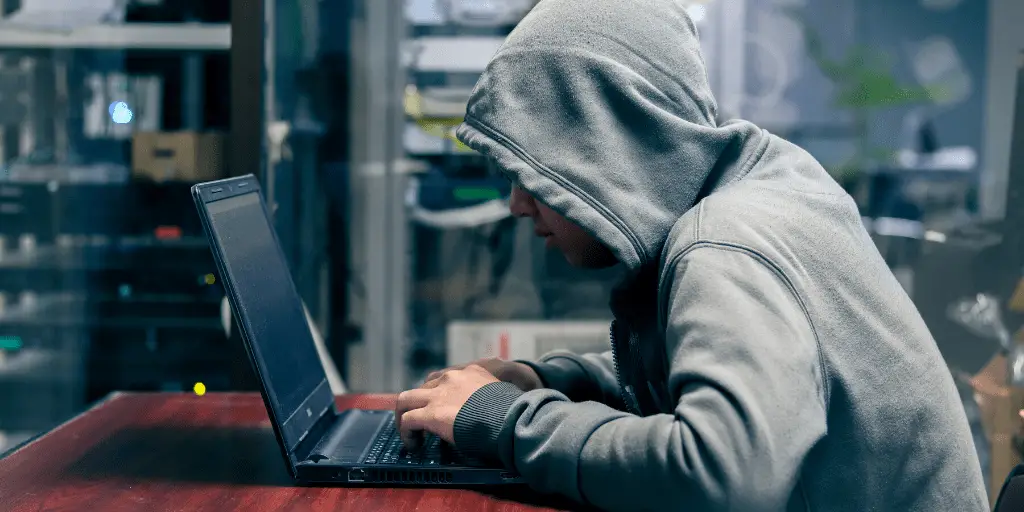The use of social media through computer and mobile devices has become quite widespread. Both, students and educators view social media as a way of connecting with friends and colleagues. Its use is not limited to social networking, video sharing or blogging but education learning too. So, why the question – Is social media a helpful educational tool or a distraction in college classrooms?
While supporters point out immense benefits that social media provides for today’s digital learners its critics provide some reasons enough to impose regulation over social media or its removal from classroom. Finding a middle ground over this argument has therefore become a challenge. So, let us in general discus some of the pros and cons of allowing social media use in classrooms and your take on the topic of discussion.

Pros and Cons of allowing Social Media use in Classrooms
Pros:
- Currently, the two most prominent Social media interfaces are Facebook and Twitter and today’s students arrive on campus, fluent in Web and social networking technologies. So, educators can take advantage of using this knowledge to enrich the learning experience.
- With the help of social media, instructors can exchange ideas and boost student interaction. How? Students can tweet prior to each lecture related to that day’s topic. The tweets – consisting of questions, examples and reflections can then be incorporated into the lecture slides. Many students reported that they found this method of introducing tweets in lectures very engaging, interactive and relevant.
- Students who are too shy or fearful in class may feel more comfortable expressing themselves on social networking sites such as Facebook, Twitter or YouTube. Professors can establish back channels via social networking platforms to help such students.
- Educators can clear students’ queries via a Facebook page or Twitter feed, post assignments and lesson plans, schedule or announce upcoming events, and share some topic related content or interesting Web sites.
- Students seeking a job and entering the workforce can use social networking sites (LinkedIn) to find employment as such sites help them to connect with other jobseekers and employers, post a resume and research a target company.
Cons:
- Students can use proxy servers to access unsuitable resources such as gaming and explicit material. Educators should therefore create guidelines before allowing the use of such technology and should intervene when necessary.
- Overuse of social media or its addiction may prevent students from developing well-rounded personalities. They may find themselves at a disadvantage during group discussions or job interviews as communication via electronic means is what they prefer rather than face-to-face conversations
- students may access harmful websites which may distract them from the primary focus of the lesson
What are your thoughts? Express them in the comments section below.








3 Comments